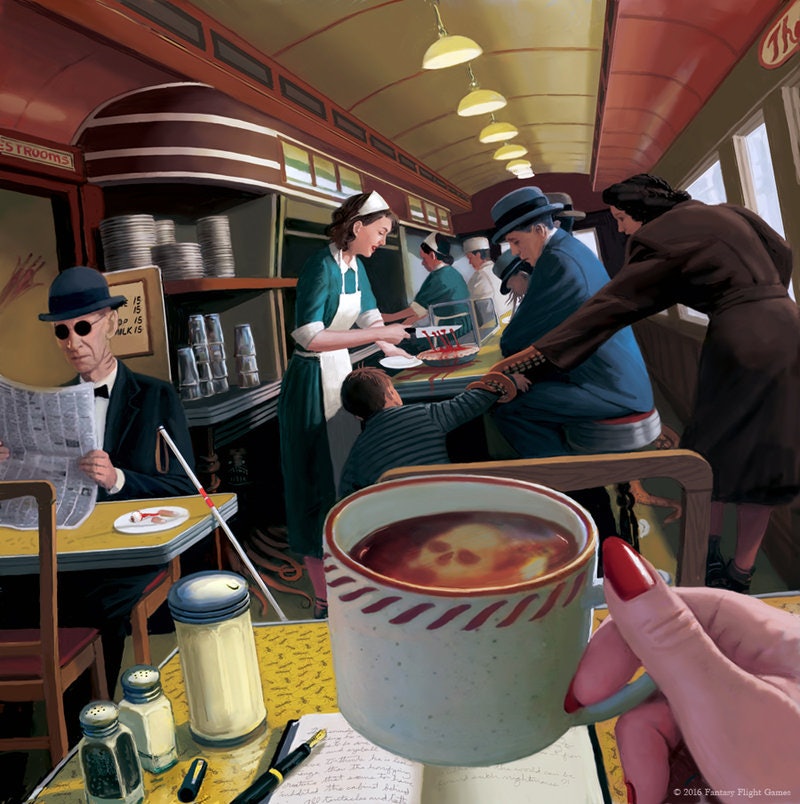Origin Of Term Blue Plate Special

There is some evidence that the term originally referred to the faux wedgwood plates with a blue design used by the harvey chain.
Origin of term blue plate special. One of his correspondents says that the first known use of the term is on an october 22 1892 fred harvey company restaurant menu and implies that blue plate specials were regular features at harvey houses. The origin of blue plate special is uncertain. The phrase blue plate special isn t widely known here in the uk. Blue plate definition a plate often decorated with a blue willow pattern divided by ridges into sections for holding apart several kinds of food.
A common expression in the usa but largely unknown elsewhere. In fact until questions were asked about it at our bulletin board i d not come across it before. The first known use is on a fred harvey company restaurant menu of october 22 1892 and implies that blue plate specials were regular features at harvey houses. It is american and originated there around the start of the 20th century.
Blue plate special or blue plate special is a term used in the united states and canada by restaurants especially diners and cafes it refers to a low priced meal that usually changes daily. I ve not seen a copy of that menu and so can t confirm rogov s assertion although the use of so specific a date would seem odd if it weren t taken from an actual menu. The food writer daniel rogov claims that blue plate special was first used on 22 october 1892 on a menu of a fred harvey restaurant on the atchison topeka and santa fe railroad. The oxford english dictionary refers to a 1961 merriam webster definition of blue plate as both a restaurant dinner plate divided into compartments for serving several kinds of food as a single order and a main course as of meat and vegetable served as a single menu item.
Rather than a solid blue disposable plate however there is even more evidence to suggest that the plates the blue plate special derived its name from were plates made in the popular blue willow china pattern a pseudo chinese pattern widely produced by porcelain firms of the time and used extensively by restaurants all over the country. The term became common starting in the late 1920s. The term was very common from the 1920s through the 1950s.


















